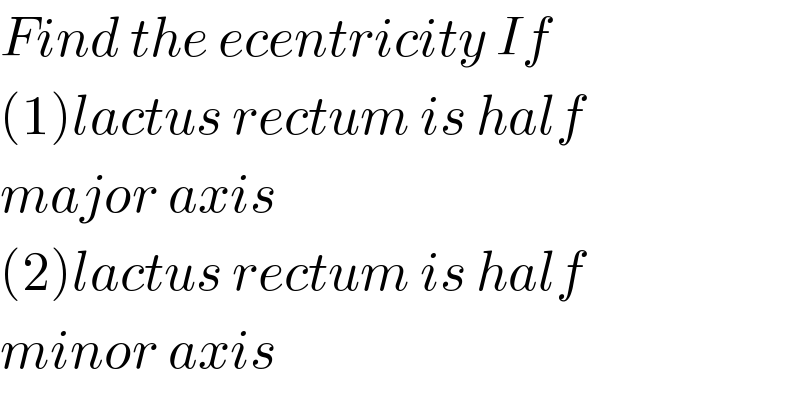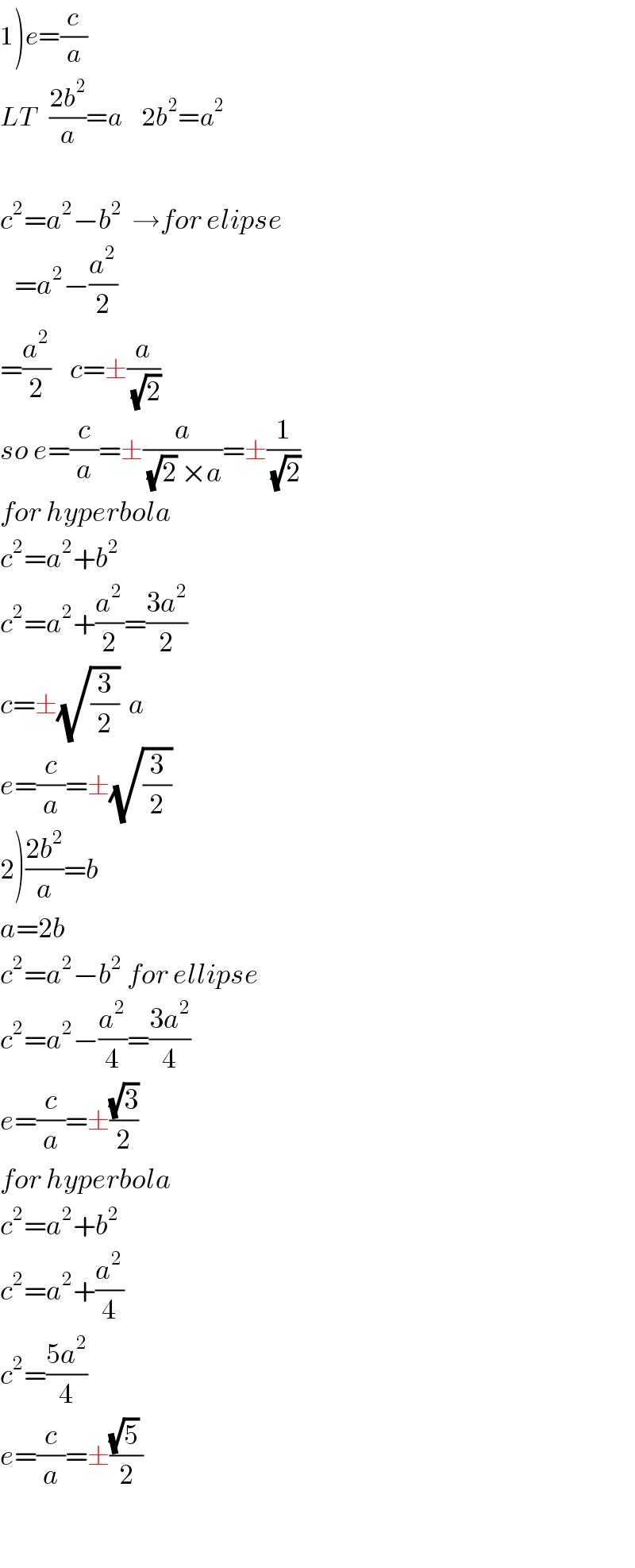
Question and Answers Forum
Question Number 51269 by peter frank last updated on 25/Dec/18

Answered by tanmay.chaudhury50@gmail.com last updated on 25/Dec/18

Commented by peter frank last updated on 25/Dec/18

Commented by tanmay.chaudhury50@gmail.com last updated on 25/Dec/18

